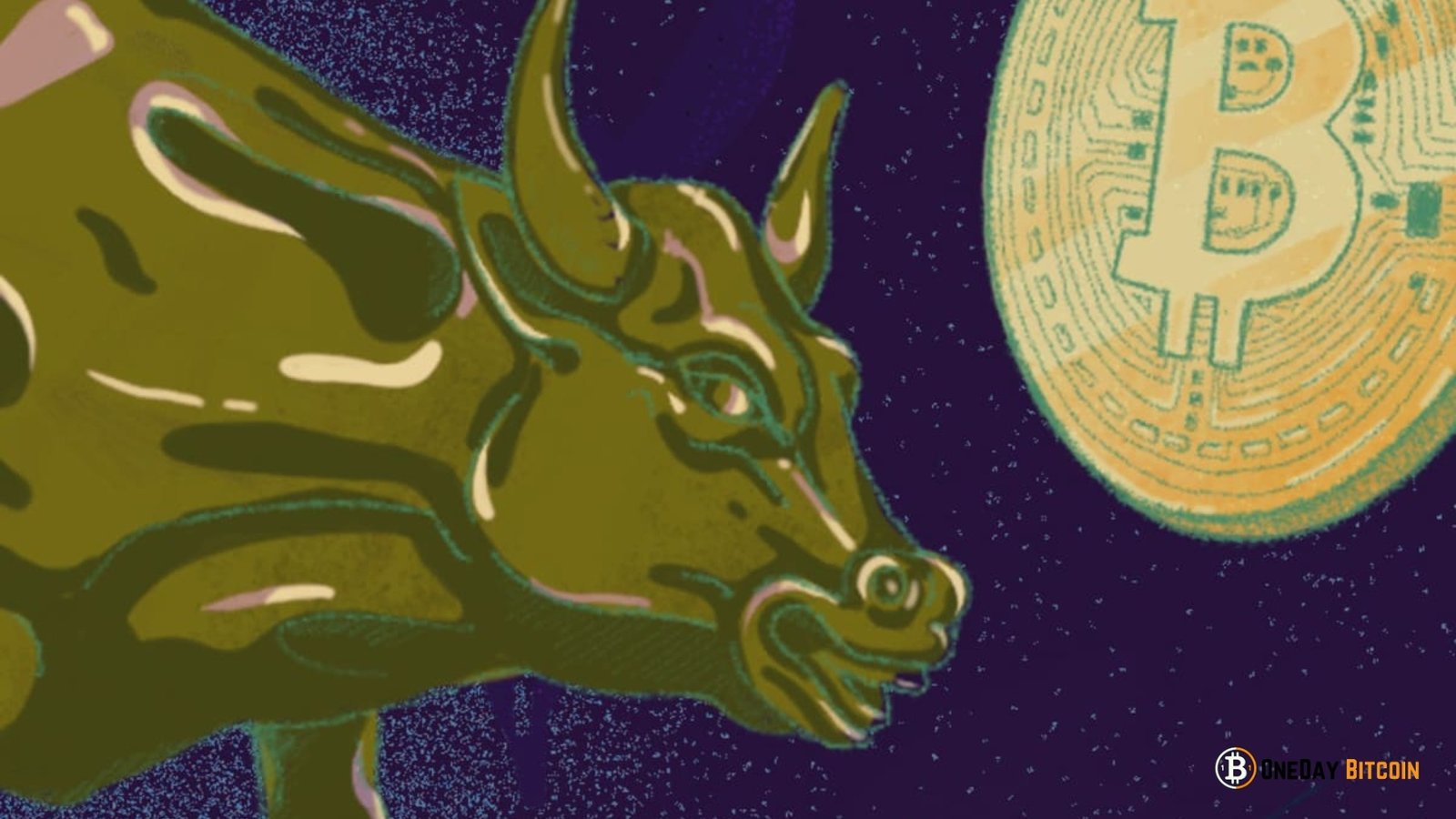Bitcoin, the world’s first decentralized digital currency, has experienced significant highs and lows since its inception in 2009. Its journey from an obscure experiment in cryptography to a household name has been nothing short of extraordinary. One of the most frequently asked questions in cryptocurrency is: “When did Bitcoin peak?” This article will explore the major peaks of Bitcoin, particularly focusing on its most notable high points and the driving factors behind them.
Early Days of Bitcoin: Slow Rise (2009 – 2013)
Bitcoin’s early years were quiet and mostly unnoticed by the general public. From its launch in January 2009 by an anonymous person (or group) known as Satoshi Nakamoto, Bitcoin’s price remained relatively low, fluctuating between a few cents and dollars.
The first major milestone came in 2010, when Laszlo Hanyecz famously paid 10,000 BTC for two pizzas, marking Bitcoin’s first real-world transaction. At the time, Bitcoin was valued at roughly $0.01 per BTC. This event put Bitcoin on the map, but it wasn’t until 2013 that Bitcoin rose significantly.
In April 2013, Bitcoin reached $266, its first major price peak, driven by growing interest from early adopters and media coverage. Later that year, in November, Bitcoin surged again, crossing the $1,000 mark for the first time, fueled by increased interest from speculators, institutional attention, and the launch of the infamous Silk Road. This online marketplace accepted Bitcoin as a form of payment.
The 2017 Bull Run: Bitcoin Enters the Mainstream
The 2017 bull run was a watershed moment for Bitcoin and cryptocurrencies. In January 2017, Bitcoin’s price was hovering around $1,000. However, Bitcoin’s popularity exploded throughout the year as it garnered massive attention from the mainstream media and investors. There were several factors behind this rally:
- Increased institutional interest: Large companies and institutional investors began showing interest in Bitcoin and blockchain technology, providing Bitcoin with newfound legitimacy.
- Initial Coin Offering (ICO) boom: Many new blockchain projects launched ICOs, raising billions in Bitcoin and Ethereum, further driving demand for cryptocurrencies.
- FOMO (Fear of Missing Out): Retail investors, driven by the fear of missing out on potential profits, began buying Bitcoin in droves, pushing the price higher.
By December 2017, Bitcoin hit its all-time high of nearly $20,000. However, this peak was short-lived. Bitcoin’s price plummeted within a few weeks, entering a prolonged bear market. The speculative bubble burst, and by early 2018, Bitcoin had lost over 80% of its value, trading at around $3,000 by December 2018.
The 2021 Bull Market: Bitcoin Reaches New Heights
Several factors fueled Bitcoin’s resurgence in 2020, culminating in the 2021 bull market when it reached its highest peak. Starting from below $10,000 in early 2020, Bitcoin experienced a massive surge, breaking its 2017 record and setting new all-time highs.
The key drivers of this bull market were:
- Institutional adoption: Major companies such as MicroStrategy, Tesla, and Square began adding Bitcoin to their balance sheets, signalling that Bitcoin was gaining recognition as a legitimate store of value.
- Macroeconomic factors: The COVID-19 pandemic led to unprecedented monetary stimulus from central banks worldwide. As governments printed trillions of dollars to stimulate their economies, fears of inflation grew, leading many investors to seek refuge in assets like Bitcoin, which has a limited supply.
- PayPal and mainstream adoption: In late 2020, PayPal announced it would allow users to buy, sell, and hold Bitcoin and other cryptocurrencies, further legitimizing the asset and making it more accessible to retail investors.
- Increased institutional products: The launch of Bitcoin futures ETFs in the U.S. allowed institutional investors to gain exposure to Bitcoin without directly holding the asset, further boosting demand.
By November 2021, Bitcoin had peaked at around $69,000. This was a momentous occasion for the cryptocurrency world, as it marked Bitcoin’s ascent into the mainstream financial system.
The 2022 Bear Market: A Harsh Correction
Despite reaching new highs in 2021, Bitcoin was not immune to a market correction. As 2022 unfolded, several factors contributed to a sharp decline in Bitcoin’s price:
- Global macroeconomic uncertainty: Rising inflation, interest rate hikes by central banks, and geopolitical tensions (such as the Russia-Ukraine war) led to a sell-off in riskier assets, including cryptocurrencies.
- Crypto industry turmoil: The collapse of several major players in the cryptocurrency industry, including the Terra/LUNA ecosystem and crypto lending platforms like Celsius, led to widespread panic and selling pressure.
- Regulatory concerns: Governments worldwide, particularly in the U.S., began looking closer at the cryptocurrency industry, with the SEC and other regulatory bodies signalling tighter regulations.
By mid-2022, Bitcoin’s price had dropped to around $20,000, wiping out much of the gains from the previous bull run. However, this was still a far cry from the bear markets of previous cycles, demonstrating Bitcoin’s growing resilience and maturity as an asset class.
Bitcoin’s Future Peaks: What Lies Ahead?
Bitcoin’s price is notoriously volatile, but its history shows that it tends to experience boom and bust cycles. Many investors are asking: will Bitcoin experience another peak, and if so, when? Several factors could drive future peaks in Bitcoin’s price:
- Halving events: Approximately every four years, the reward for mining Bitcoin is halved, reducing the supply of new coins entering circulation. This has historically led to a supply squeeze and, subsequently, higher prices. The next halving is expected in 2028, which could trigger another bull market.
- Institutional adoption: While Bitcoin has garnered interest from large companies and institutional investors, further adoption by sovereign wealth funds, pension funds, and large financial institutions could drive demand to new heights.
- Bitcoin as digital gold: As concerns about inflation and the global monetary system continue, Bitcoin is increasingly viewed as a digital equivalent to gold — a store of value that can protect against currency devaluation.
- Technological advancements: Improvements in Bitcoin’s underlying technology, such as the Lightning Network (which enables faster and cheaper transactions), could increase its utility and drive wider adoption.
- Geopolitical instability: In times of geopolitical crisis, Bitcoin’s decentralized nature makes it an attractive asset for those seeking to protect their wealth from government control or economic collapse.
Conclusion
Bitcoin’s highest price peak occurred in March 2024, reaching approximately $73,000. However, Bitcoin’s story is far from over. As it has done many times, Bitcoin has the potential to reach new peaks, driven by a combination of technological innovation, macroeconomic factors, and increasing institutional and retail adoption.
While predicting exact future peaks is impossible, Bitcoin’s resilience, limited supply, and growing mainstream acceptance suggest it will remain a major player in the global financial system for years. The cryptocurrency market remains highly volatile, but the potential rewards are worth the risk for many investors. As history has shown, Bitcoin’s peaks and troughs are part of a broader narrative of growth and innovation in the financial world.


